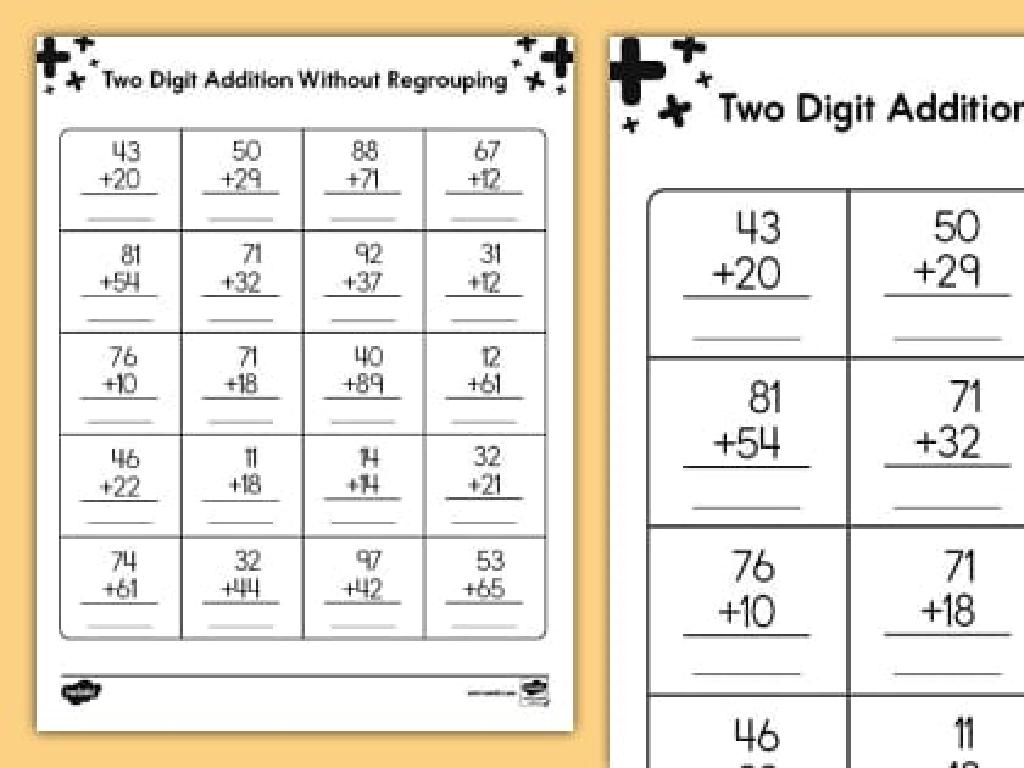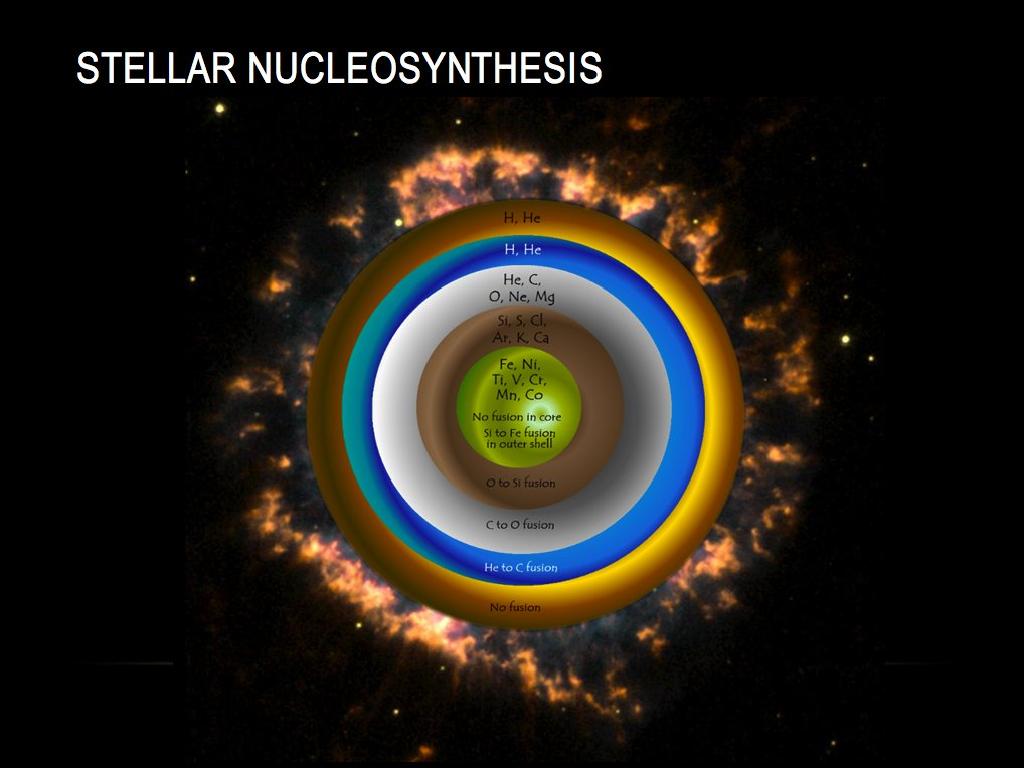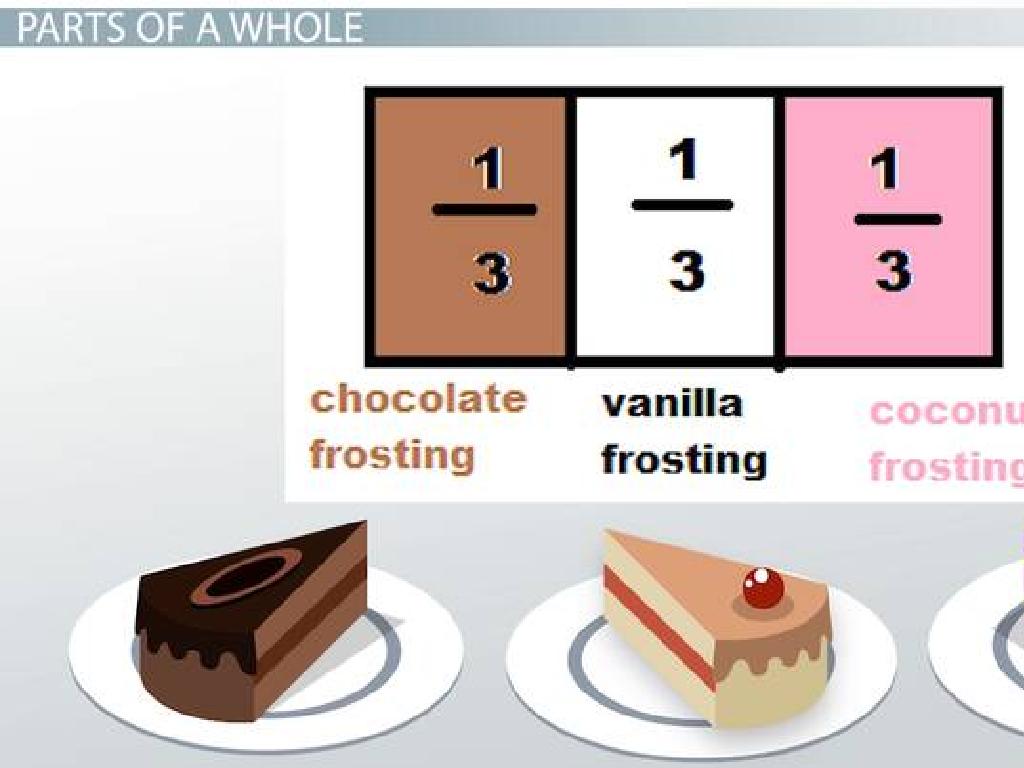Genetics Vocabulary: Genotype And Phenotype
Subject: Science
Grade: Sixth grade
Topic: Anatomy And Physiology
Please LOG IN to download the presentation. Access is available to registered users only.
View More Content
Genetics: Genotype vs. Phenotype
– Genetics: Our biological blueprint
– Genotype: Genetic makeup
– The combination of genes inherited from parents
– Phenotype: Observable traits
– Physical appearance like height, eye color
– Genotype & Phenotype in Anatomy
– How genetic information influences body structure and function
|
This slide introduces the fundamental concepts of genetics, focusing on genotype and phenotype, which are crucial for understanding how organisms inherit traits from their parents. Genotype refers to the genetic makeup of an organism, the actual genes in our DNA. Phenotype is the physical expression or characteristics of that genotype, such as hair color or height. It’s important to explain how these genetic instructions play a role in determining the structure and function of the body, linking to anatomy and physiology. Encourage students to think about their own traits and consider which might be influenced by their genotype and which are results of environmental factors.
Exploring Genetics in Anatomy & Physiology
– Understanding Genetics
– Study of heredity & characteristic variation
– Gregor Mendel’s contribution
– Mendel’s pea plant experiments laid genetics foundations
– Genetics role in Anatomy & Physiology
– Explains how traits are passed & affect body function
– Genotype vs. Phenotype
– Genotype: genetic makeup; Phenotype: physical traits
|
This slide introduces the concept of genetics, which is the study of how traits are inherited and vary among individuals. Highlight Gregor Mendel’s pioneering work with pea plants that established the basic principles of genetics. Emphasize the importance of genetics in understanding the structure and function of the body in anatomy and physiology. Explain that genotype refers to the genetic makeup of an organism, while phenotype refers to the observable characteristics. These concepts are crucial for students to grasp the link between genetics and physical traits, as well as the role genetics plays in health and disease.
Genotype: The Genetic Blueprint
– Genotype definition
– Genotype is the set of genes in our DNA responsible for a particular trait.
– Genotype: organism’s genetic identity
– It’s like a recipe for how an organism looks and behaves.
– Genotype examples in organisms
– Example: BB, Bb, or bb for eye color in humans, where ‘B’ might represent brown eyes and ‘b’ blue eyes.
– Understanding genotype’s role
|
This slide introduces the concept of genotype as the genetic makeup that determines the traits of an organism. It’s important to clarify that genotype is not the same as phenotype, which is the physical expression of those traits. Use examples to illustrate how different combinations of genes (like BB, Bb, or bb) can affect an organism’s characteristics, such as eye color in humans. Encourage students to think about how genotypes are passed from parents to offspring and how this relates to the diversity of life they see around them. This foundational knowledge will help them understand more complex genetic concepts in future lessons.
Understanding Phenotypes
– Define phenotype
– The observable characteristics of an organism
– Phenotype vs. genotype
– Physical traits result from the genetic code (genotype)
– Observable phenotype examples
– Eye color, hair color, and height are phenotypes we see
– Importance of phenotypes
|
This slide aims to clarify the concept of phenotype as part of the genetics vocabulary. Phenotype refers to the physical and observable characteristics of an organism, which are influenced by its genotype the genetic code. It’s crucial for students to understand that while the genotype provides the potential for these traits, the phenotype is the actual expression we can observe. Examples of phenotypes include visible traits such as eye color, hair color, and height. Emphasize that phenotypes are not just limited to physical appearance but also include behaviors and physiological traits. Encourage students to think of various phenotypes they can observe in humans, animals, and plants, and discuss how the environment can also influence the expression of these traits.
Genotype vs. Phenotype: Genetic Expressions
– Genotype: Genetic blueprint
– The genetic makeup of an organism, like a recipe for traits
– Phenotype: Observable traits
– Physical appearance or behavior resulting from the genotype
– Environment’s role on phenotype
– Sunlight affects skin color; diet can influence weight
– Interactive genotype/phenotype examples
|
This slide aims to clarify the concepts of genotype and phenotype for sixth-grade students. Genotype refers to the genetic code inherited from the parents, which is like a recipe for how an organism should look and behave. Phenotype, on the other hand, is the actual physical and behavioral expression of the genotype, which can be seen or measured. It’s crucial to explain that while the genotype sets the potential, the phenotype can be influenced by environmental factors. For example, identical twins with the same genotype may have different phenotypes if they are raised in different environments. To reinforce learning, use interactive examples such as comparing the genotypes and phenotypes of different plants or animals, and how environmental factors like nutrition and climate can alter their phenotypes.
Activity: Discover Your Traits!
– List common human traits
– Identify your own phenotypes
– Traits like earlobe attachment or tongue rolling ability
– Discuss genotype’s role
– How genes influence these traits
– Reflect on phenotype variety
|
This class activity is designed to engage students in understanding the concepts of genotype and phenotype through self-discovery. Start by listing traits that are commonly observed, such as earlobe attachment (attached or detached) and the ability to roll one’s tongue. Have each student identify their own phenotypes for the listed traits. Then, facilitate a discussion on how genotypes, the genetic makeup inherited from their parents, might determine these observable characteristics. Encourage students to consider why there is such a variety in phenotypes even within the same classroom, highlighting the role of genetic diversity. The activity should be interactive and allow students to share their observations and thoughts. As a teacher, be prepared with additional examples and explanations to guide the discussion.
Genetics Recap: Genotype & Phenotype
– Summarize today’s key points
– Reiterate genotype vs phenotype
– Genotype: genetic makeup; Phenotype: physical traits
– Discuss genetics significance
– Understanding these concepts is crucial for grasping inheritance patterns
– Engage in Q&A session
|
As we conclude today’s lesson, it’s important to summarize the key concepts to reinforce student understanding. Genotype refers to the genetic makeup of an organism, the alleles inherited from the parents, while phenotype is the observable physical or biochemical characteristics of an organism, as determined by both genetic makeup and environmental influences. Emphasize the importance of these terms in the study of genetics and how they help us understand the inheritance of traits. The Q&A session will serve as an opportunity to address any uncertainties students may have, ensuring they grasp the fundamental concepts of genotype and phenotype before moving forward.






